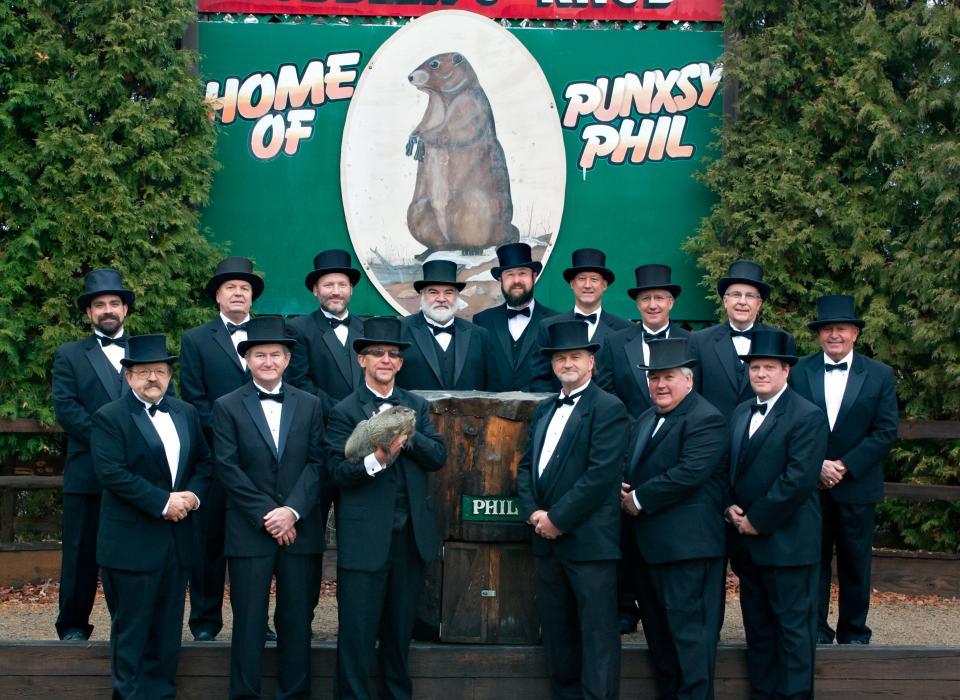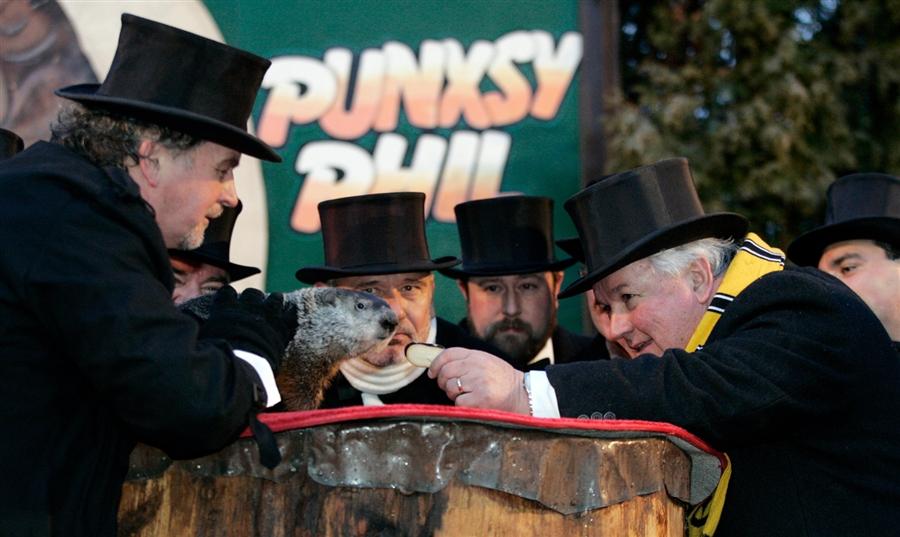Groundhog Day
February 3, 2016
Every February 2nd we depend on Punxsutawney Phil, a groundhog from Punxsutawney, Pennsylvania, to predict our future season. According to tradition, if it is cloudy out, and the groundhog cannot see his shadow after appearing from his hole, then spring will come early. However, if Punxsutawney Phil appears from his hole and sees his shadow, he will retreat back and the winter weather will continue for six more weeks.
People from all around the country celebrate this day with early morning festivals to watch the groundhog pop up out of his hole.

This celebration started as a Pennsylvania German tradition in the southeastern and central parts of Pennsylvania during the 18th and 19th centuries. The origins came from ancient European weather customs, where a badger or sacred bear is the predictor instead of a groundhog. It also corresponds with the Pagan festival of Imbolc (the seasonal turning point of the Celtic calendar, which is celebrated on February 2 and also involves weather prognostication), and to St. Swithun‘s Day on July 15.

On February 4, 1841, a diary entry of the first Groundhog Day in American history was discovered in Morgantown, Pennsylvania, from a storekeeper named James Morris: “Last Tuesday, the 2nd, was Candlemas day, the day on which, according to the Germans, the Groundhog peeps out of his winter quarters and if he sees his shadow he pops back for another six weeks nap, but if the day be cloudy he remains out, as the weather is to be moderate.”
Since 1886, the largest celebration of Groundhog Day is found in Punxsutawney, Pennsylvania, where crowds as large as 40,000 gather to celebrate the holiday. Other celebrations in Pennsylvania take place in Quarryville in Lancaster County, the Anthracite Region of Schuylkill County, and the Sinnemahoning Valley of Bucks County.
Groundhog Day is recognized with different ceremonies across North America, including Wiarton, Ontario, the Shubenacadie Wildlife Park in Nova Scotia, and the University of Dallas in Irving, Texas (which has what is claimed to be the second largest Groundhog celebration in the world).
In Aurora, Colorado, Stormy the Marmot is the legendary weather rodent, a yellow-bellied marmot that scampers out once a year to check for his shadow and report back. He is Colorado’s very own Punxsutawney Phil. Many states have their own weather predicting rodent, but Punxsutawney Phil will always be the traditional weather rodent of this country.






